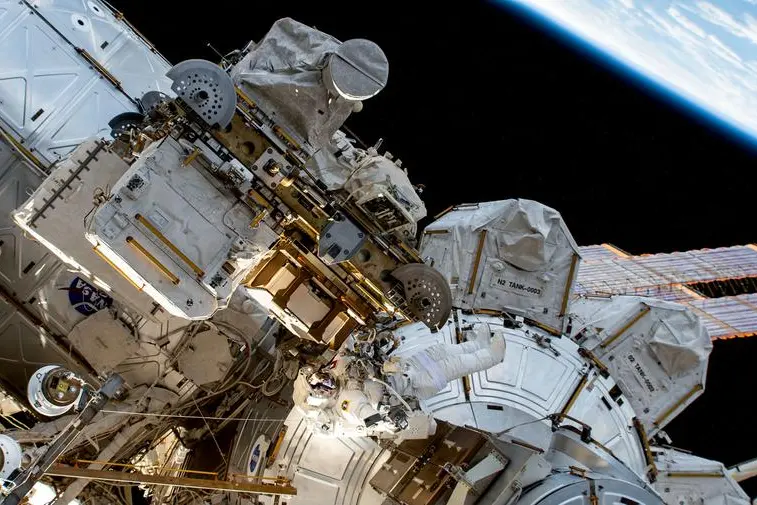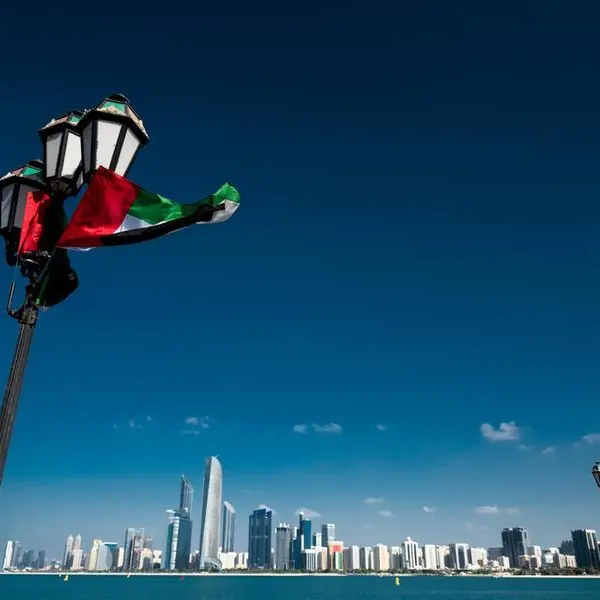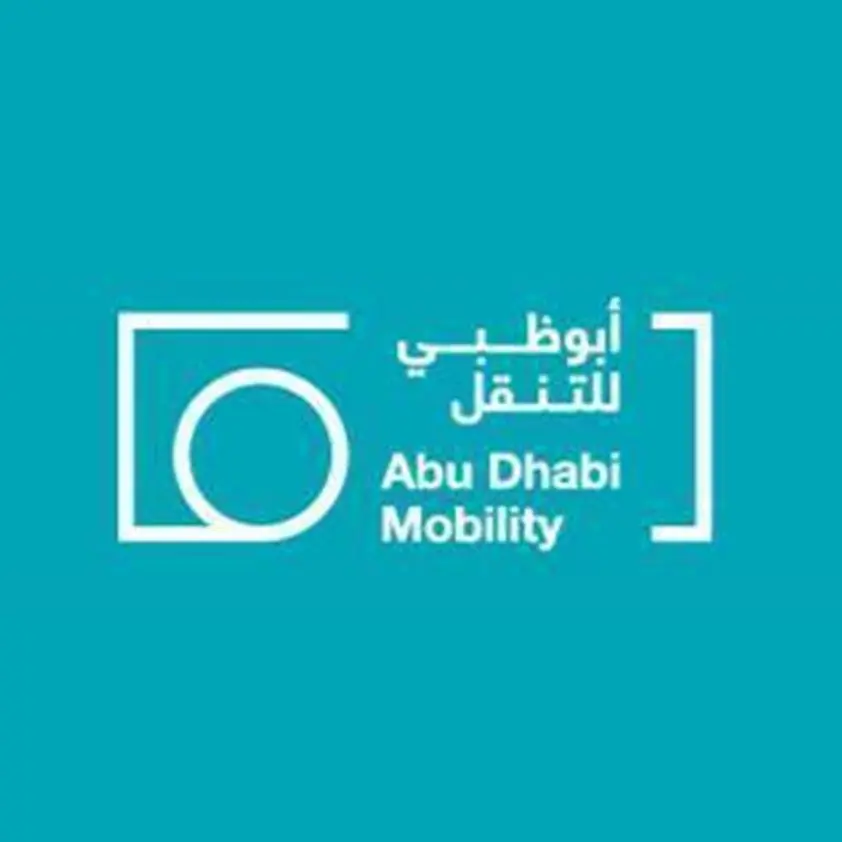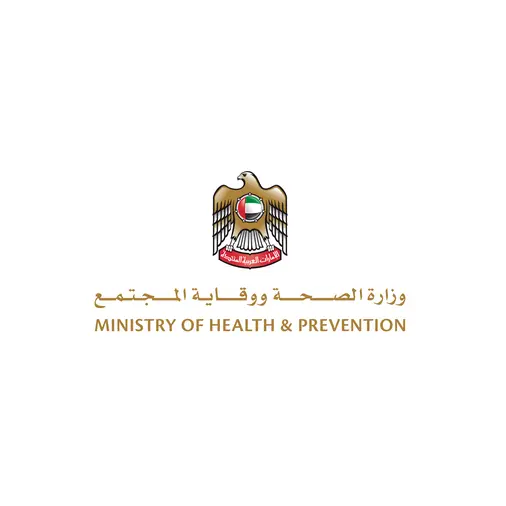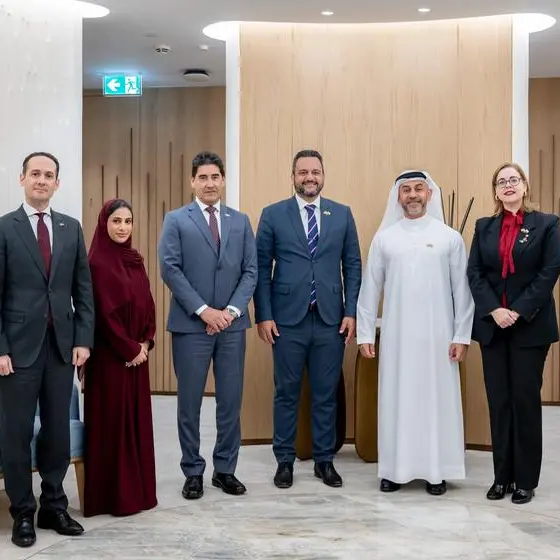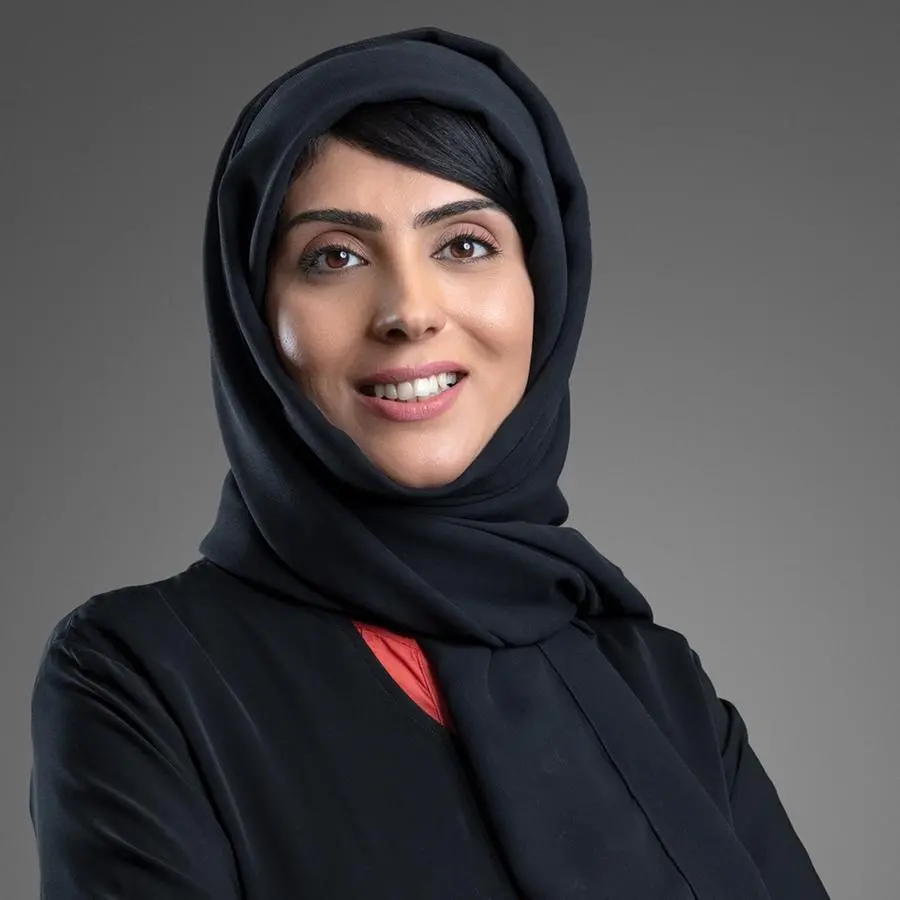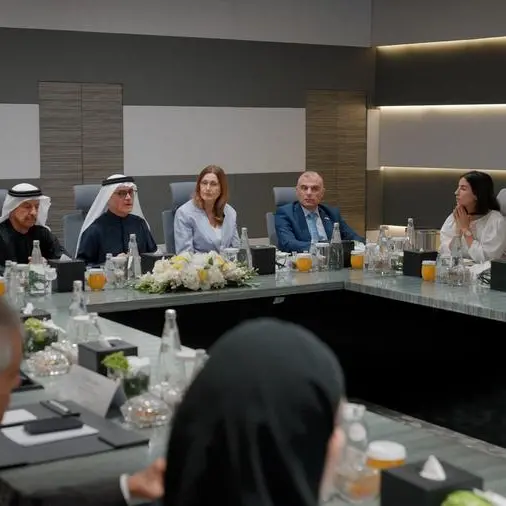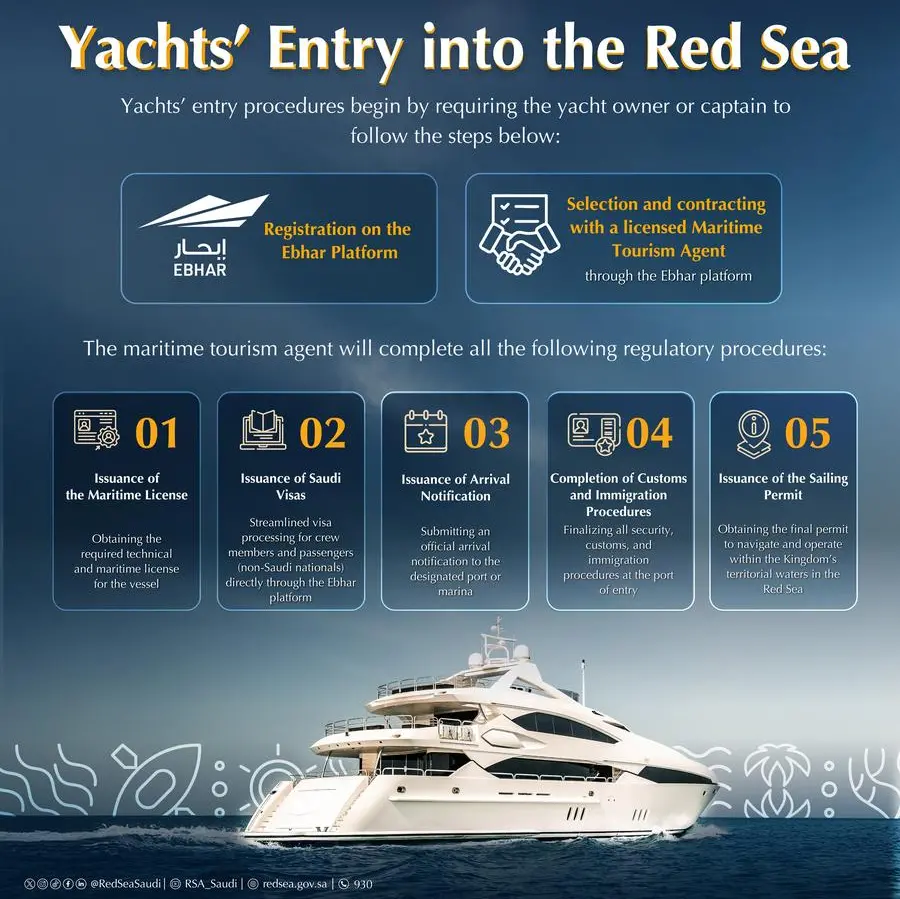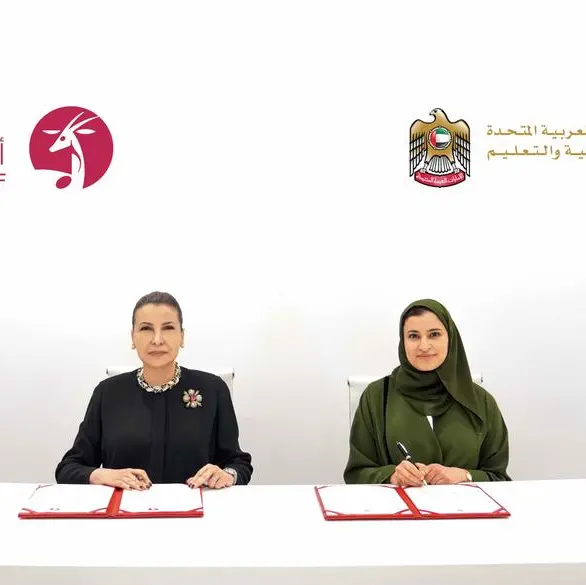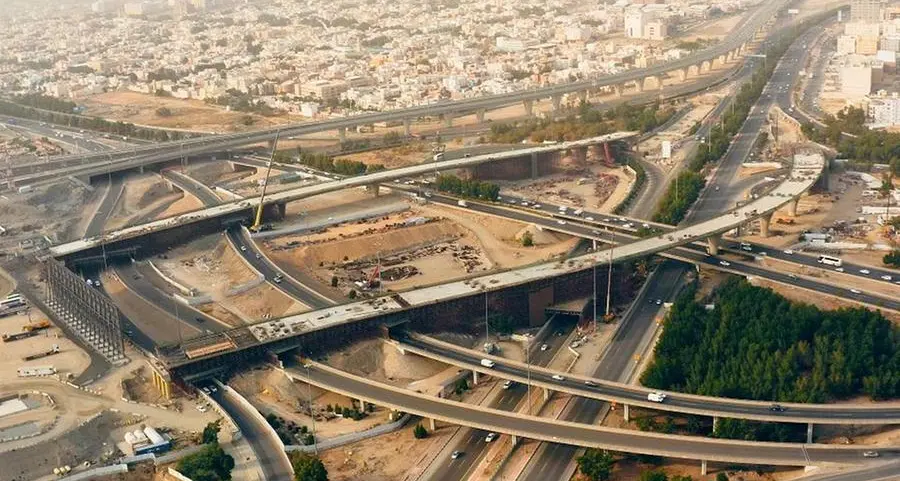PHOTO
Dubai: Charting a new course for Arab space exploration, Sultan AlNeyadi stands tall as the longest-serving Arab astronaut, having spent over three exhilarating months aboard the International Space Station (ISS). This journey signifies a historic milestone for the UAE, as AlNeyadi has skillfully navigated through a series of firsts, setting an impressive list of unprecedented achievements.
Commenting on the momentous occasion, H.E Salem Humaid AlMarri, Director General, “Congratulations to Sultan AlNeyadi as he completes half of his six-month mission on the ISS. The dedication, resilience, and strength Sultan has demonstrated in consistently achieving one milestone after another truly reflect the calibre of astronauts we cultivate here in the UAE. He represents the core values of the MBRSC by consistently focusing on knowledge-building initiatives for the next generation and appreciate his commitment towards the community and student outreach. As we look forward to the next three months, we are confident his journey will continue to make us proud and inspire future explorations.”
For his part, Adnan AlRais, Mission Manager, UAE Astronaut Programme, “Congratulating Sultan AlNeyadi for completing an impactful three months aboard the ISS. Sultan's dedication to science has seen him make remarkable strides during this period. With another three months ahead, we are eagerly waiting for more groundbreaking research projects. UAE Space Sector, keep moving forward. Paving the way for the future of UAE's space sector, this mission serves as a powerful catalyst, fueling our drive towards unprecedented advancements in space exploration.”
Here is a journey back through these extraordinary months to highlight his groundbreaking contributions.
Sultan AlNeyadi ventured out of the International Space Station (ISS) and completed his spacewalk.
With the conclusion of the mission task on April 28, the UAE commemorates AlNeyadi as the first Arab to undertake a spacewalk during Expedition 69, currently underway on the ISS. The historic first Arab spacewalk lasted 7.01 hours in the vacuum of space on the starboard side of the International Space Station’s truss structure, accomplishing two key objectives. One of the objectives of the Extravehicular Activity (EVA), undertaken by AlNeyadi along with NASA Flight Engineer Stephen Bowen, was to work on a series of preparatory tasks which involved routing power cables, which was successfully concluded as a precursor to the installation of the Space Station's fourth roll-out solar array, known as the International Space Station Roll-Out Solar Array (iROSA). The next objective was to retrieve a crucial Radio Frequency Group (RFG) unit.
Four live calls and three HAM radio calls with astronaut Sultan AlNeyadi, gave students and the community insights into the longest Arab space mission in history.
Close to 5,000 people have taken part in the past four editions of the event, giving attendees a glimpse in to AlNeyadi’s life on the ISS and the opportunity to interact with him. The first event in the series was held at the Dubai Opera, followed by the second for media at the Museum of the Future. The third edition was held in Mauritius, while the fourth session was held at the United Arab Emirates University in Al Ain.
Under the same ‘A Call from Space’ event, three ham radio sessions have been successfully completed in collaboration with the Emirates Amateur Radio Society (EARS) and Emirates Literature Foundation (ELF). Around 100 students from various schools around the UAE participated in these events, which aim to bring space closer to the community.
Sultan AlNeyadi along with his Crew-6 crew members successfully completed the mission to relocate the SpaceX Dragon spacecraft on the International Space Station (ISS).
This was the third port relocation of a Dragon crew spacecraft, following previous relocations during the Crew-1 and Crew-2 missions. After undergoing a series of manoeuvres over the course of 38 minutes, the crew successfully docked the spacecraft with the station’s forward Harmony port.
He marked his first space birthday on May 23.
The treasured ISS tradition was well celebrated when Sultan’s crew members surprised him with two homemade cakes. A Maple Muffin top cake from the USA crew, a Cinnamon Bun with yoghurt and dry fruits from the Russian crew.
AlNeyadi has devoted an impressive 585 hours to conducting various ground-breaking experiments and nominal tasks aboard the International Space Station.
13 of his notable endeavours to know about;
- AlNeyadi is currently engaged in an ongoing mission, donning a Bio-Monitor vest and headband, diligently tracking his cardiovascular system amidst routine crew activities.
- AlNeyadi has been an integral part of the team, preparing for the upcoming spacewalk that will be conducted by Stephen Bowen and Warren Hoburg. Along with other crew members, he has been working on Canadarm2 robotic arm manoeuvres through computer simulations which is a critical component of the forthcoming solar array installation work.
- Astronaut Sultan AlNeyadi sets up hardware for the Monoclonal Antibodies Protein Crystal Growth-2 (PCG2) experiment aboard the ISS. The PCG2 experiment analyses the process of crystallising biotherapeutics in microgravity, potentially improving in-space and Earth production techniques and shortening the development cycle for new medicines
- He worked on a pair of space biology studies with Ax-2 Mission Specialists Ali Alqarni and Rayyanah Barnawi. Alneyadi partnered with Barnawi during the morning treating human cell samples inside the Kibo laboratory module’s Life Science Glovebox (LSG) for a study observing their inflammatory response to microgravity.
- Human research activities have dominated the crew’s schedule on the ISS, which included ultrasound scans, vision checks, and hearing exams. AlNeyadi using standard medical imaging gear found in an optometrist’s office on Earth.
- Space physics was also part of the research agenda, as scientists and engineers sought to understand how Earth-created materials react to microgravity conditions.
- AlNeyadi worked on cargo work, offloading some of the 6,200 pounds of new science experiments, crew supplies, and station hardware delivered by the SpaceX Dragon resupply ship.
- The crew will be further conducting multiple experiments, including investigating the effects of microgravity on material combustion to enhance spacecraft safety, testing a novel tool for deep-space immune monitoring, and advancing research on 3D-cultured cardiac muscle tissue to evaluate human cardiac function in microgravity.
- Collecting air samples from the Destiny and Columbus laboratory modules before cleaning the Veggie space botany facility. The samples were analysed for research purposes.
- Sending approximately 1,950 kg of valuable scientific experiments and other cargo back to Earth on a Dragon cargo spacecraft, as part of the 27th contracted cargo resupply mission to the International Space Station (ISS). The spacecraft splashed down off the coast of Tampa, Florida in the US earlier this month.
- Setting up the hardware for the CapiSorb Visible Systems fluid physics study. This experiment investigates the potential of using a liquid-based carbon dioxide removal system to promote more efficient space-based solutions and advanced Earth-bound applications.
- Treating samples In the Kibo laboratory module for the Engineered Heart Tissues-2 experiment using Kibo’s Life Sciences Glovebox. This research may help doctors treat, as well as prevent, space-caused heart conditions and Earth-bound cardiac disorders.
- AlNeyadi demonstrated the use of a 3D printer to manufacture tools, components, and experiments on the orbital outpost. Part of the experiment entailed collecting and stowing samples in a science freezer for a study exploring the biomanufacturing of pharmaceuticals in space.
For more information on the mission, visit https://www.mbrsc.ae/service/astronaut_prog/
